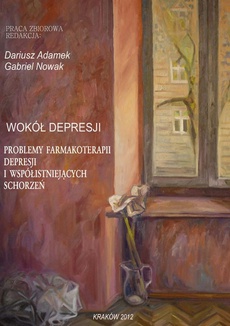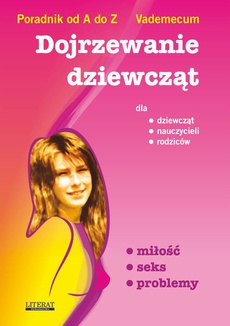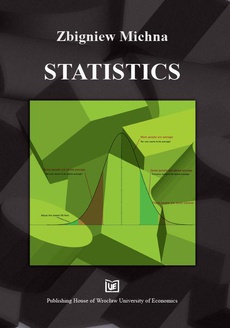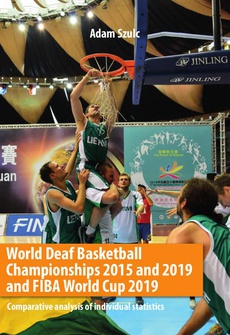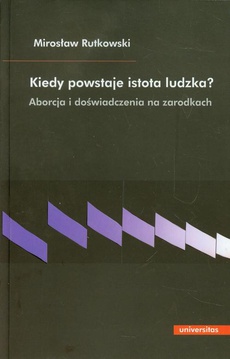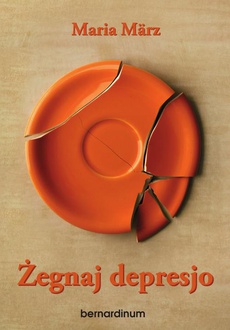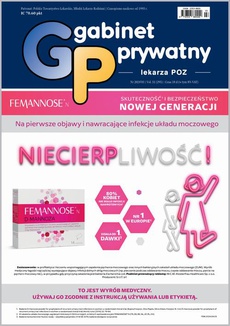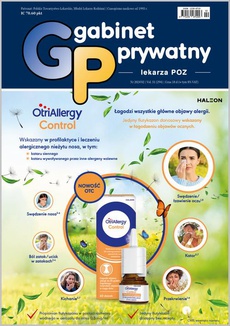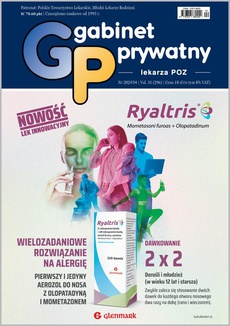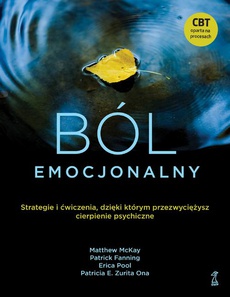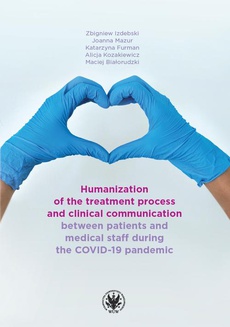POLECAMY
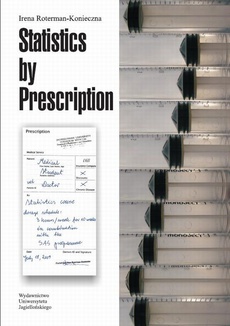
Statistics by Prescription
Autor:
Format:
ibuk
The manual presents the guide-like introduction to statistical techniques particulary oriented on medicine. The exercises present in the book make possible the self-education based on the international program SAS. I strongly support the distribution of this book among all medical libraries as well as all libraries of the natural science institutions.
Reviewer prof. Andrzej, Les Warsaw University
| Rok wydania | 2009 |
|---|---|
| Liczba stron | 268 |
| Kategoria | Inne |
| Wydawca | Wydawnictwo Uniwersytetu Jagiellońskiego |
| ISBN-13 | 978-83-233-2741-7 |
| Numer wydania | 1 |
| Język publikacji | polski |
| Informacja o sprzedawcy | ePWN sp. z o.o. |
Ciekawe propozycje
Kiedy powstaje istota ludzka?
do koszyka
Żegnaj depresjo
do koszyka
Gabinet Prywatny lekarza POZ 03/2024
do koszyka
Gabinet Prywatny lekarza POZ 02/2024
do koszyka
Gabinet Prywatny lekarza POZ 04/2024
do koszyka
Ból emocjonalny
do koszyka
Spis treści
| INTRODUCTION | 7 |
| STEP 1 – Descriptive statistics | 9 |
| What we can learn about the patients? | 9 |
| How to find an answer to the question: | 9 |
| Is it possible to avoid urolithiasis? | 9 |
| STEP 1 – exercise – Preliminary data analysis | 28 |
| STEP 2 – We analyse the distribution of the measurable variable | 33 |
| What type of distribution is presented by the clinical measurable variables? | 33 |
| Why is finding the distribution type of the measurable feature essential? | 33 |
| Is the female patients’ age distribution comparable to the male patients’ age distribution? | 33 |
| STEP 2 – exercise – Data analysis | 52 |
| STEP 3 – The x2(chi-square) test of the goodness of fit | 64 |
| Is the women’s age distribution (in the group of people with the urinary tract nephrolithiasis) a normal distribution? | 64 |
| Is the men’s age distribution (in the group of people with the urinary tract nephrolithiasis) a normal distribution? | 64 |
| STEP 3 – exercise – Checking the type of distribution | 76 |
| STEP 4 – T-test and F-test | 96 |
| How to estimate the differences between groups of patients? | 96 |
| Do the patients, in whom the urinary tract infection was found, differ with their bodily temperature from those, in whom the bacteria were not found? | 96 |
| Is the bodily temperature really different for the group with the haematuria found in relation to the group without haematuria? | 96 |
| STEP 4 – exercise – F-test and T-test | 113 |
| STEP 5 – ANOVA test | 121 |
| How to compare more than two groups? | 121 |
| Do the patients with different stone localization differ with the body temperature? | 116 |
| Is the urine pH in patients with different chemical stone composition different? | 121 |
| STEP 5 – exercise – ANOVA test | 128 |
| STEP 6 – Correlation and regression | 144 |
| Are any variables mutually dependent? | 144 |
| Is there any relationship between the urine pH and the urine density? | 144 |
| Can we predict the probable stone composition on the basis of the known value of urine pH and its unit weight? | 144 |
| STEP 6 – exercise – Correlation and regression | 158 |
| STEP 7 – The Pearson’s (chi-square) test (The independence test) | 166 |
| Is there any relation between qualitative variables? | 166 |
| Does the sort of diet composition influence the chemical compounds present in the stone? | 166 |
| Does the accompanying illness influence the stone composition? | 166 |
| STEP 7 – exercise – c2 (chi-square) test of independence | 172 |
| STEP 8 – Nonparametric tests (distribution-free tests) | 183 |
| How about the data not representing the normal distribution? | 183 |
| Does the age of female patients with nephrolithiasis urinary tract nephrolithiasis differ from the age of male patients with the same illness? | 183 |
| Is the urine pH in the patients with bacteriuria different in relation to the patients without the urinary tract infection? | 183 |
| Does the urine pH really specifically differ in groups created according to the stone localization? | 183 |
| Does the stone localization determine the patient’s body temperature? | 183 |
| Is the patient’s age really different for the groups with a different accompanying illness? | 184 |
| STEP 8 – exercise – Nonparametric tests (distribution free tests) | 193 |
| STEP 9 – Comprehensive analysis | 197 |
| Do we know already the method to prevent nephrolithiasis? | 197 |
| STEP 9 – exercise – Comprehensive analysis | 217 |
| STEP 10 – Survival analysis | 229 |
| Is it possible to make prognosis? | 229 |
| When can we expect the crystalline deposit re-appearance after its removal? | 229 |
| STEP 10 – exercise – Survival analysis | 234 |
| Recapitulation | 240 |
| Afterword | 242 |
| Supplementary tables | 243 |
| Vocabulary | 247 |
| Index | 260 |








